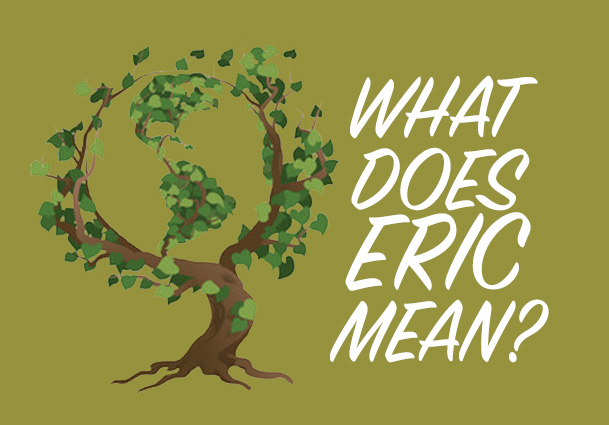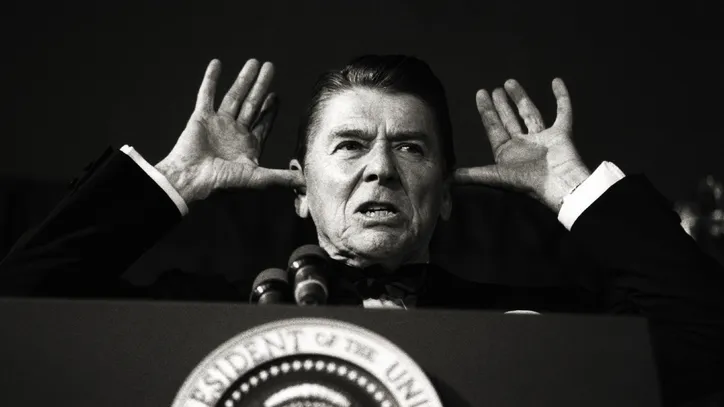This post will be a slight departure from my previous posts as it will not discuss the effects of climate change but will speak on how climate change is a result.
Result of what, you may ask?
Well, since the 1980s, there has been a significant rise in an ideology called Neoliberalism. Before we define it and a few other important terms, let me tell you the thesis of this post:
Neoliberalism uses market fundamentalism as a bludgeon to push through harmful policies that disregard its effects on everyday people to the point that it has steered us towards the disaster of climate change.
Okay, let’s break that down.
Some Helpful Explanations
To start, let’s talk about some history and economics.
Adam Smith detailed the process of capital accumulation (gathering of money) by countries in his famous book, The Wealth of Nations, in 1776. Economists have since been using it as a guide to understand how money flows through markets and how to use free markets to benefit a country’s economy.
In economic terms, a free market is a system where the prices of goods and services are determined by supply and demand. According to Smith, there is a tendency for sellers and buyers inside a market to interact such that the lowest price would be delivered to consumers. He named this the ‘invisible hand’.
It was in the interest of all sellers in that market to deliver the lowest price, as a rational buyer should always choose to buy the lowest price. (Of course, that’s only true in the aggregate, as there are many factors other than price a buyer may consider.)
Of course, a market can never be totally free, purely because I can’t do business with you if you have a gun to my head. So, there are always rules embedded into the society where the market exists.
But that doesn’t stop some people.
Neoliberalism is a broad term that refers to a political and economic philosophy of limiting governments’ interaction with the market. In essence, Neoliberalism aims for the freeing of markets and the avoidance of government intervention through taxes or regulation.
By the etymology of the word, it means a new form of Liberalism—a core tenet that came out of the Enlightenment and inspired the formation of the United States. It represented liberty, individual rights, equality under the law, and political freedom. Philosophically, it revolutionized the world and has roots in almost every facet of modern political thought.
The Great Bummer
Liberalism did well in the Western world in the 19th century (unless you were poor, female, black, or indigenous), until The Great Depression in 1929. From that point, the U.S. stock market had fallen 85% in value by the time Franklin D. Roosevelt was elected president in 1932. Enacting massive programs through the New Deal, FDR recovered the U.S. economy by establishing what we would now consider the welfare state.
More affordable housing, fair labor standards, consumer protections, and, of course, social security were all important programs FDR created to safeguard against capitalism by addressing the worst impacts of the Great Depression.
Though there were some oversights, once the U.S. entered World War II, the country was almost entirely employed and inflation was low.
Now, there was nothing in the liberal doctrine that prohibited social programs, but FDR’s actions were seen as a departure from Liberalism in that they were government policies that intervened in the economy. Conservatives at the time didn’t like any part of the New Deal and took a hammer to it whenever they could.
Jumping forward, President John F. Kennedy and his administration began to motivate the young generation of Baby Boomers and revitalized a weary nation. His inspirations continued after his assassination through his successor, Lyndon B. Johnson, with the reform program he named “The Great Society.”
In the U.S., Liberalism peaked with Johnson. He passed legislation that made massive improvements in healthcare, education, welfare, and civil rights. Johnson got the job at a rough time though, the Vietnam War caused massive protests against him. The Civil Rights Movement also became popular while race riots began and crime rates soared.
Once Nixon came to power, Liberalism in the U.S. was starting to die off. The following decade would be the official fall of Liberalism and the rise of Neoliberalism.
All Signs Point to Reagan
It seems that every ailment of society we notice that reminds us of the feeling of discovering a giant zit on our butts, it probably has a major starting/inflection point during the presidency of Ronald Reagan.
Taking office in 1981, Reagan began his role as commander in chief by passing a tax bill to dramatically cut income taxes, an effort to spur economic growth. This is the first serious act of Neoliberalism in the history of the United States by a president.
The 1981 tax act proved to be a failure by the “double dip” recession of 1982 and the subsequent passing of a bill to undo the tax cuts imposed by the Reagan Administration. (To be fair, Reagan had inherited high inflation rates, high unemployment, and a high deficit.)
Okay, so how does cutting taxes to spur growth in the economy to ensure Americans have more money a bad thing?
Well, the tax cuts favored the wealthy and left average Americans out to dry. Though the second tax act made the recession recovery possible, Reagan’s economic plan seemed to pull the economy out of the hole, securing his 1984 reelection.
At the time, it seemed that Reagan’s “trickle-down economics” worked, as there was a financial boom in the 1990s, with the help of President Bill Clinton.
However, I argue that even though Reagan’s actions helped the past economy, he sent us down a path of destruction, whether he meant to or not.
See, as Reagan passed more tax cuts for the wealthy and increased tax exemptions, it allowed wealthy Americans to earn more profit. A good thing in capitalism, however, it was the intention under the guise of Reaganomics that such profits be spread down to the lower classes.
Instead, wealth was hoarded by those who had it, and whatever was invested usually went into the stock market.
This is the fatal lie within Neoliberalism.
Inequality has since become a runaway effect.
It seems that this was always the plan. I’m not sure that I can point to any one document, speech, or press release from the Reagan Administration that spells this out, so you’ll have to take my word for it, but looking back, the corruption is pretty clear.
Ronald Reagan, with the advice from economists like Arthur Laffer and Milton Friedman, constructed a tax code to allow wealthy Americans to accrue much more profit without making them pay much to the government.
Whether Reagan truly trusted rich capitalists to spread their wealth down the economic ladder or used that as an excuse to line the pockets of his donors, it is clear that, due to present inequality measures, the consequences of his policies only benefited the richest Americans.
The Conclusion to Tie it All Back to Climate Change
Okay, so we’ve gone over a little bit of the history of both Liberalism and the start of Neoliberalism policies as implemented by past presidents. Next time, we will go into more detail about how Neoliberalism and its buddy, Market Fundamentalism, actually are the cause of the disastrous economics that are causing climate change.
Before I leave you hanging, let me quickly explain why talking about such a dull history of economics is so important.
The history of the United States, post-WWII, has been a cacophony of interests imposed onto you, everyday Americans, by corporations in order for them to make a pretty penny. Once these multinational companies realized that their biggest cash cows were average working people, they went to work lobbying Congress to alter laws in order to further squeeze money out of their “customers.”
Since the world became electrified, energy has been one of the most important resources for people to engage with the modern economy, in addition to running that very same economy. Throughout the 20th century, the dominant way to make that energy has been through the burning of coal and oil, producing electricity, and then selling it to every house and building.
Back in the 1950s, it was clear that burning fossil fuels would alter the chemistry of the atmosphere and cause global warming. Instead of honesty and transparency, energy giants like Exxon lied about what they were doing to the environment and pushed the blame onto their consumers.
Why Neoliberalism is such a problem here because it encourages the deregulation of markets so that corporations have more power in making decisions on how they behave.
Through Reagan’s disguise of spurring economic growth, corporations were essentially incentivized to continue to pollute and make massive profits. Additionally, corporate lobbying also became easier since Reagan, giving these companies even more power and influence over how much power and influence they can have.
Thus, all of this to say that the notion that free markets can somehow make a better society because capitalists will have more freedom to make more profitable economic decisions is entirely disproven by the rise in carbon dioxide levels, worsening weather events, and polluted ecosystems in tandem with record corporate profits, climate disinformation campaigns, and unprecedented levels of economic inequality.
Thanks, Ron.
Come back soon for part 2 of this deep dive into my shallow knowledge of economics!
Check out my glossary to learn what I mean by some of these terms!


One response to “Disproving Market Fundamentalism Part 1: History of Liberalism, Neoliberalism, and How We Got to Where We Are Now”
[…] For my first dive into this topic, talking about how FDR saved us, and Reagan doomed us, click here. […]